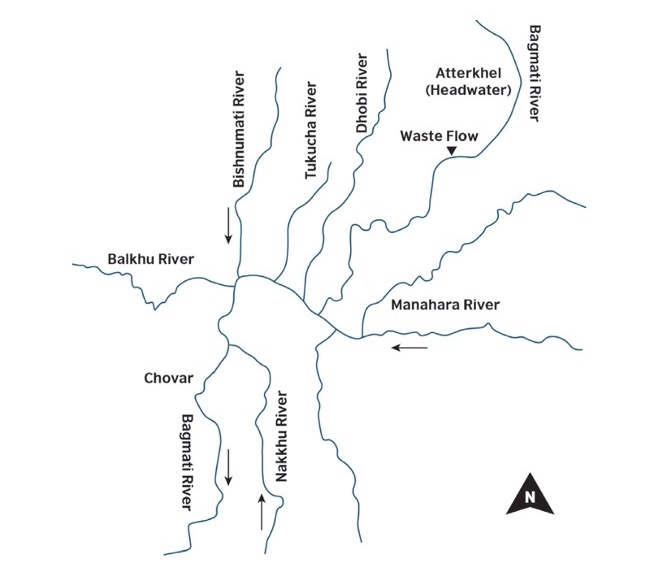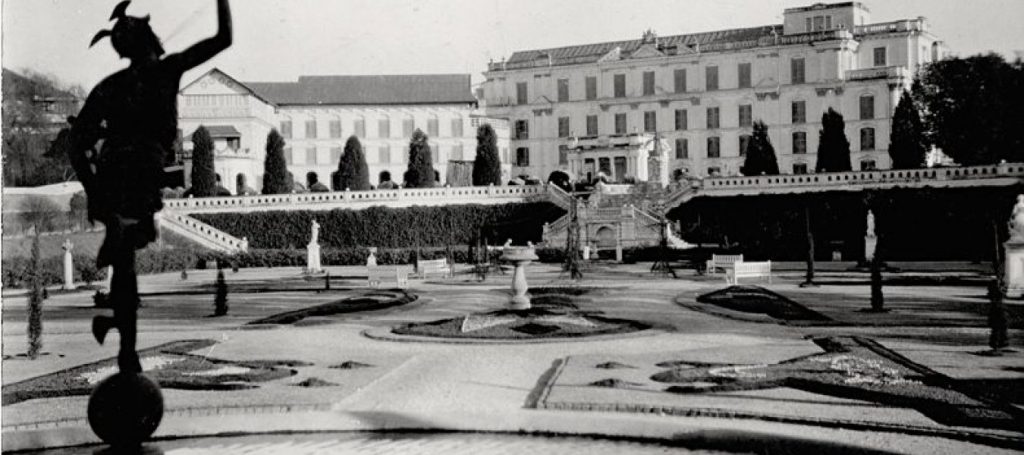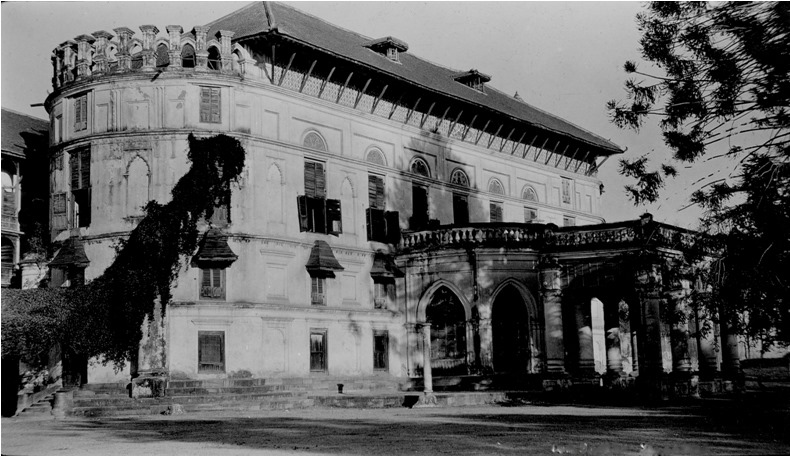Bagmati Tributaries and Kathmandu Civilization
4 years ago
Bagmati Tributaries and Kathmandu Civilization
4 years ago
Kathmandu civilization history begins with Bagmati river along with its tributaries. Ichhumati or Tukucha river meets Bagmati at the Kalmochan ghat which used to be the water source of expanded border of the first city – Manjupattan created by Manjushree during Satya yuga(pre recoreded history)
Teku Dovan – the confluence of Bagmati and Bishnumati was the home of Ne Muni hermit who showed the value of water through heritage walk along the riverbanks. King Gunkamdev in 724 AD saw the divinve value of creating Kathmandu city in a shape of sword “khadga” with Tehu Dovan as its southern border buffer zone area.

Teku Dovan became the southern entry point to Kathmandu city. Here people who travelled from far for trading used to rest, bathe, perform rituals for their deceased ones and purify themselves before entering the city.
The Teku and Thapathali area holds more than 10 ghats, several crematorium , sattals, resting places and temples making it a living musuem to act out for the last ritual of loved ones.
Bagmati River originates at Bagdwar, about 15 km northeast of Kathmandu in Shivapuri hills and tributaries originated from different parts of the valley feed water into this river at different locations in the valley .
The urbanization of Kathmandu Valley is strongly associated with the river systems.. The direct impacts of present urbanization are especially visible in the Bagmati River with its tributaries which are used as a dumping site for all types of wastes.

The direct impacts of present urbanization are visible in Bagmati river and its tributaries which are now looked like a waste dumping site. Not to mention sand extraction and land encroachment. It is believed that half of the fish species have disappeared indicating that river is biologicially dead in some part of its river system. Shortage of water have forced certain section of the society to use the polluted water from the valley rivers for various purposes exposing to water born diseases.
Tukucha, also known as Ichhumati, originates from Maharajgung inside the valley. It meets Bagmati at Kalmochan, Thapathali.
At present it is hardly anything more than an open drain. Most of the river area has been encroached by squatters and residential buildings road construction etc., in some places such as from Royal Palace to Kamaladi the river flows underneath the buildings. Whole river stretches are used for dumping solid waste and disposing waster water generated from nearby houses. There is no river banks along the whole stretch due to channeling, therefore waste are dumped directly into river.
Bishnumati river is a major tributary of the Bagmati river originating at Bishnudwar (2300m) at Shivapuri and flowing southward. The Bishnumati river merges with the Bagmati river at Teku Dovan.
Large volume of water from Bishnumati is diverted for drinking water and domestic use near the source close to the foothills. Diversion is also done from tributaries such as Sangla and Mahadev Khola. In addition, pipes have been laid for pumping water directly from the river to individual houses.
Thapathali is the abode of the Thapas, initially built by Nain Singh Thapa. Jung Bahadur Rana expanded his maternal grandfather complex with more buildings, courtyards and gardens to the north of the Bagmati river in 1848. These are old pictures of buildings located at near Bagmati river which used to part of Thapathali Durbar complex.




Bagmati Promenade will teach you about 3,000 years of cremation history. Between its tributaries of Ikshumati and Bishnumati, the river holds crematorium of people and rulers of Nepal as their resting places. It is time to learn and share with the world of our unique way to attain Samadhi – the final resting place. A space will be dedicated for undocumented history of it in a form of a museum. Some of the highlights of the museum will be to learn more about these communities:
Kalmochan ghat – Samadhi of the modern rulers of Nepal including Ranas and Shah dynasty which holds the unspoken violent political power struggle between “upper class” families.
Pachali ghat – Samadhi of the Lichhavi period working class communities whose legends range from astramatrikas, Nath sect, kings of Simroungadh to blacksmiths.
Teku dovan – Samadhi for the working class ayurveda practicing community and non-resident of Nepal.
Other ghats – not to mention modern Samadhi for priest, prisoners, noble men and ministers of Shah dynasty.
Relevant Links:
ECS Nepal: A Walk along the Bagmati River
http://ecs.com.np/features/feel-the-history-a-walk-along-the-bagmati-river
Spotlight Nepal: Bagmati River Civilization and spiritual salvation
https://www.spotlightnepal.com/2019/03/04/bagmati-river-civilization-and-spiritual-salvation/